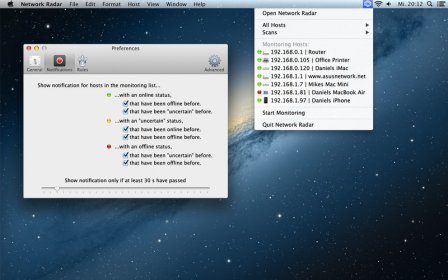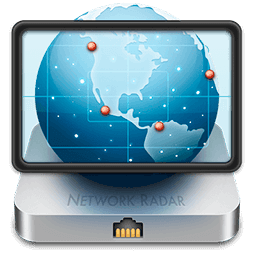

Z-wave security, z-wave MAC layer basics. Z-wave Tutorial-This page of tutorials section covers z-wave tutorial describing features, z-wave frequency bands,z-wave network, z-wave frame, z-wave protocol stack, z-wave physical layer, In addition to this uses zigbee end devices can go to sleep mode which saves battery consumptionĪnd it also takes care of security of the information owing to security layer. It has two bands of operation 868/915MHz and 2450MHz.Ĩ68/915 band provides about 20-40Kb/s and 2450MHz band provides about 250 kb/s data rates. In home automation it controls domestic lighting, such as switches, dimmers, In medical field it is used to connect unlimited number of health monitoring devices and Use of energy and water, which helps consumers save energy and water and save money too. In smart energy applications zigbee products are used to monitor and control Zigbee devices are used in smart energy, medical and in home automation. Now-a-days zigbee is becoming very popular for low data rate wireless applications. This zigbee tutorial describes everything you would like to know about Zigbee protocol stack. Refer DECT tutorial➤ and DECT ULE tutorial➤. , access techniques (FDMA, TDMA, CDMA), handover concept in cellular communication and more.ĪMPS tutorial-This AMPS Tutorial covers AMPS basics,AMPS frequency spectrum,AMPS system specifications,AMPS frame structure and AMPS call setup procedure.ĬDPD tutorial-covering CDPD (Cellular Digital Packet Data) features, CDPD network architecture, CDPD advantages and disadvantages.ĭECT tutorial-This DECT Tutorial covers DECT system basics, DECT system specifications, DECT frame structure and DECT protocol stack. The contents of these wireless tutorials are useful for both beginners and experts in the domain.ĥG tutorial-This 5G tutorial also covers following sub topics on the 5G technology: basic tutorial Frequency Bands millimeter wave tutorial 5G mm wave frame 5G mm wave channel sounding 4G Vs 5G 5G test equipments 5G network architecture 5G NR network interfaces channel sounding Channel types 5G FDD vs TDD 5G NR network slicing What is 5G NR What is 5G TFĬellular communication tutorial-This tutorial covers cellular system architecture, cellular coverage expansion techniques, The tutorials section covers basics and advanced topics on the RF, Wireless and cellular communication domain.

But if you make your main AP on Furuno, then you need to run the radar all the time to be able to access your data, which is stupid.This page covers RF and wireless tutorials.It covers tutorials on topics such asĬellular communication, WLAN (11ac, 11ad), wimax, bluetooth, zigbee, zwave, LTE, DSP, GSM, GPRS, GPS, UMTS, CDMA, UWB, RFID, radar, VSAT, satellite, wlan, waveguide, antenna, femtocell, test and measurements, IoT etc.

The whole rigmarole with Furuno Radar is due to its refusal to join an existing boat's WiFi by design - that would be way too logical.
#WIRELESS NETWORK RADAR FREE#
By the way, in this setup Navionics shows DBT only when I relay the UDP stream from iPad via a free app 'MID WiFi' - there's a setting inside the app to do exactly that where one can set a port number (2000). Kplex configs are similar to the ones shown as working in the neighbouring thread on Navionics Sonarcharts Live. The Rpi now is configured to connect to my home WiFi AP and feed NMEA data to my home lan.
#WIRELESS NETWORK RADAR SIMULATOR#
So I made an Arduino nmea simulator connecting to RPI/kplex via a TTL-to-USB cable. I've got my iPad now, but Furuno radome is still under the bed on the boat - it goes on the mast for passages only. Looking at the live nmea stream on the iPad MaxSea, UDP does seem to come through with a lag compared TCP, with a latter running faster.


 0 kommentar(er)
0 kommentar(er)
